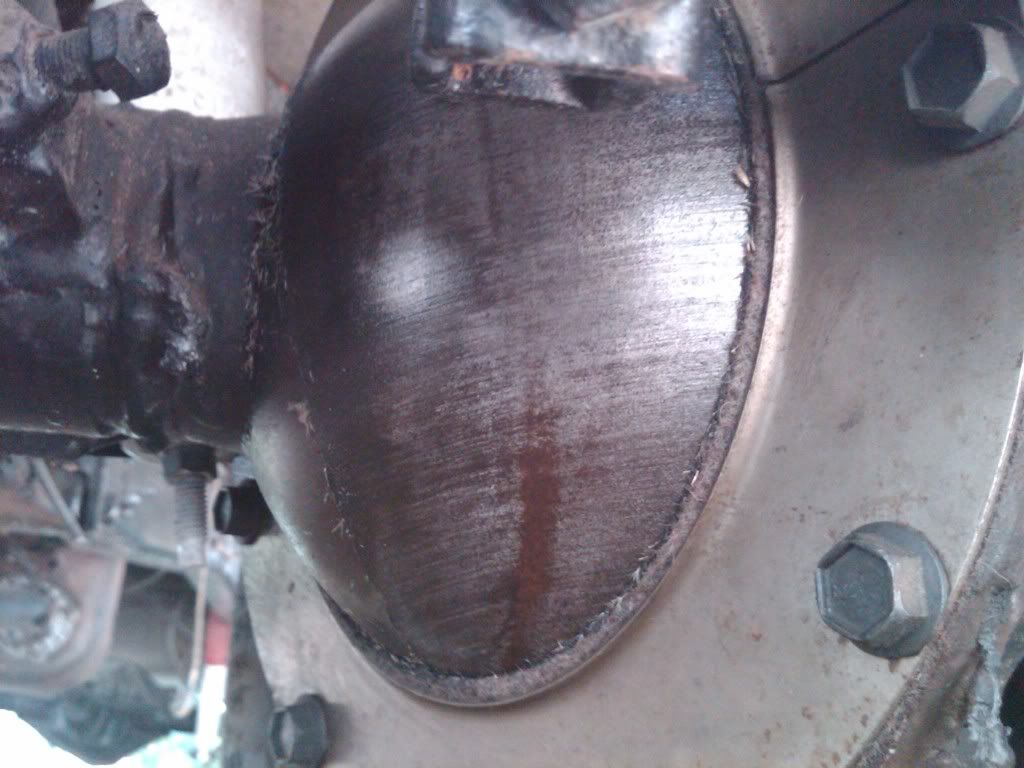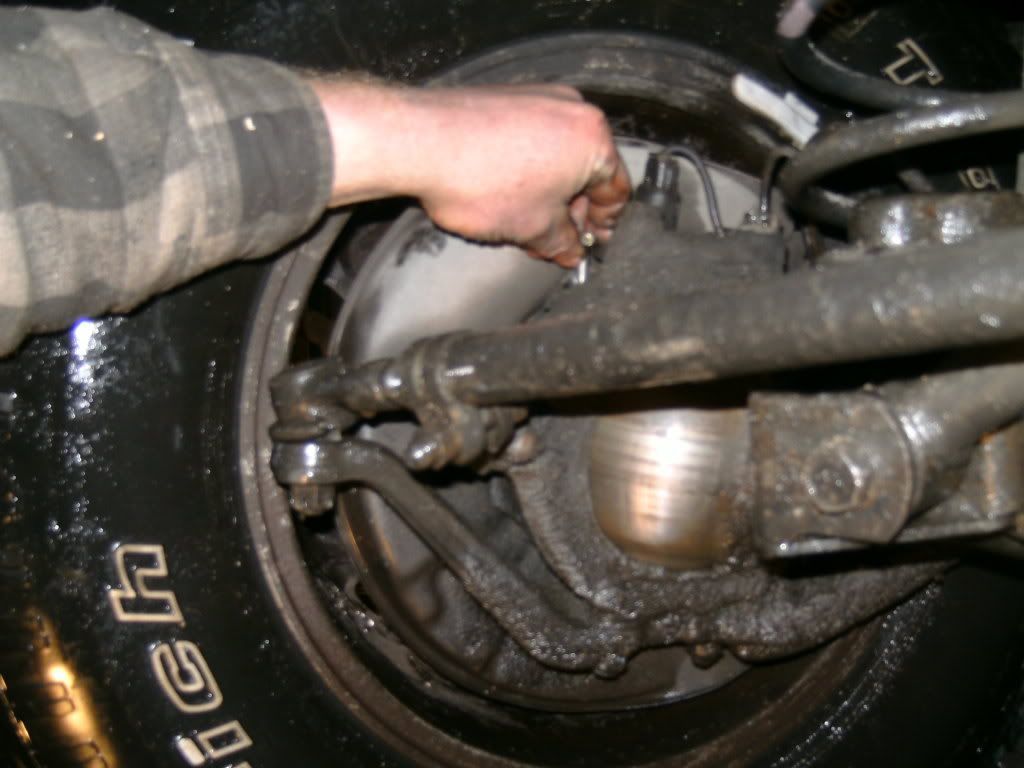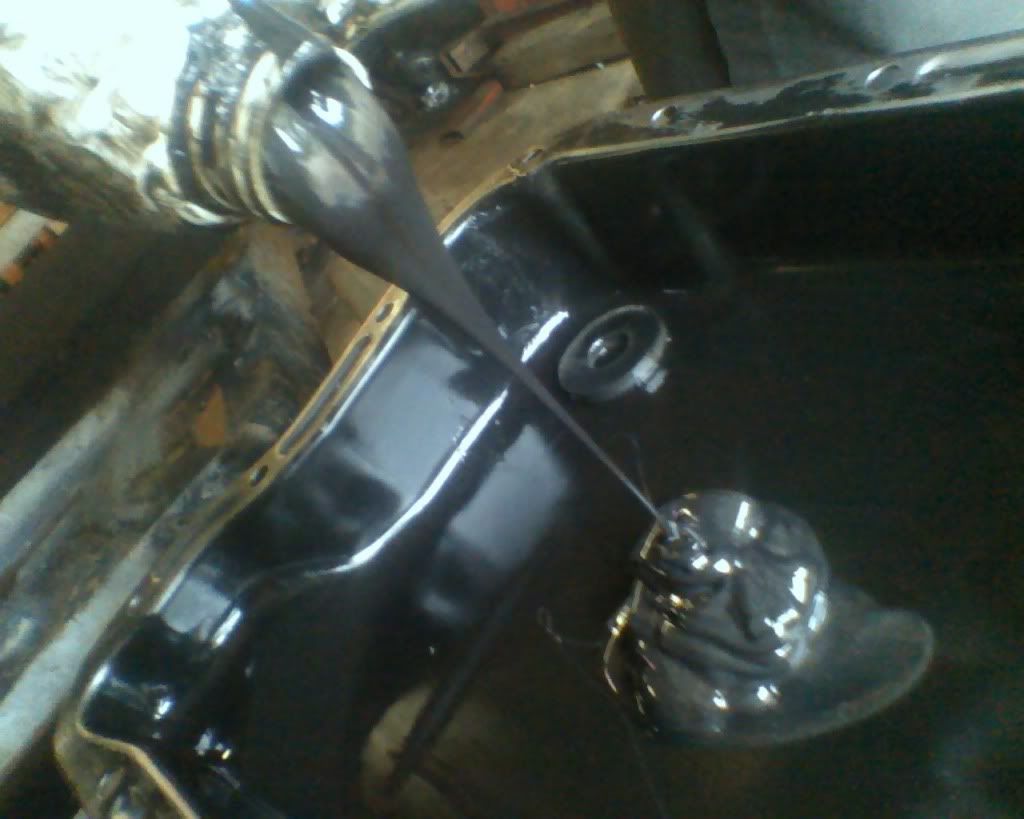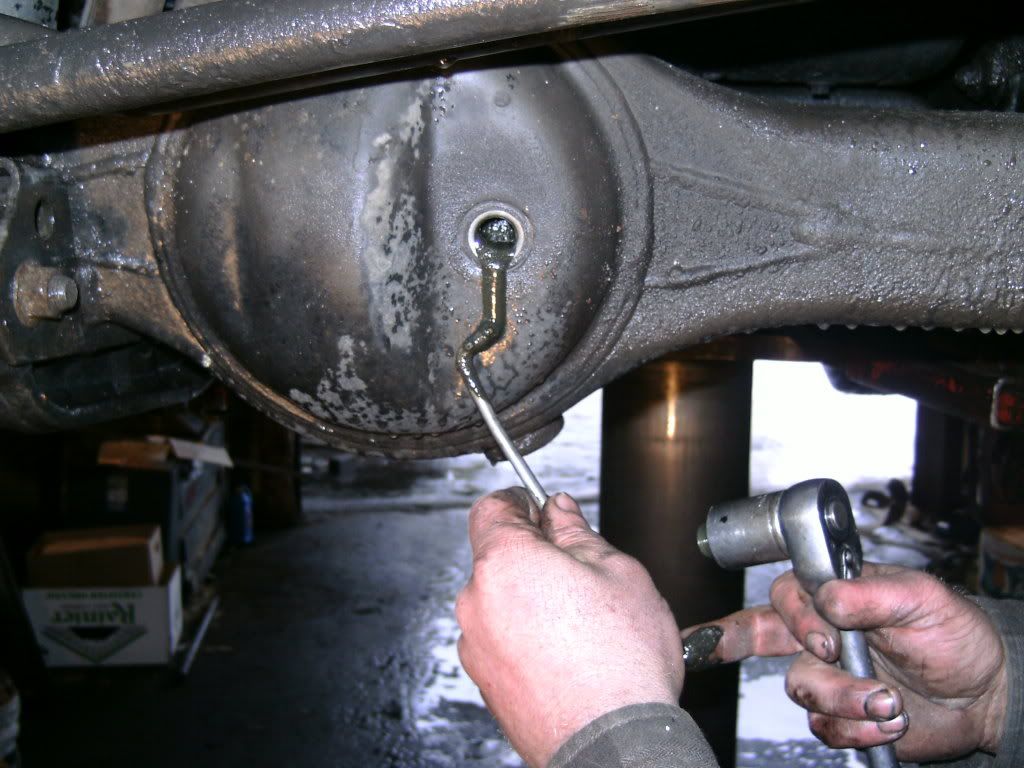The one thing I'd have to ask is, why would the engineer design such a thing? What advantage is there for the increased possibility of grease contamination?
If lube can flow from the wheel bearing area back to the joint area, then you drastically increase the chance of getting water/dirt into the joint, that has made it past the bearing seals. Especially on a 4 wheel drive truck, designed to be used off road.
Based on the diagram, I'd want some heavy, sticky grease in that bushing to prevent cross contamination.
If lube can flow from the wheel bearing area back to the joint area, then you drastically increase the chance of getting water/dirt into the joint, that has made it past the bearing seals. Especially on a 4 wheel drive truck, designed to be used off road.
Based on the diagram, I'd want some heavy, sticky grease in that bushing to prevent cross contamination.






